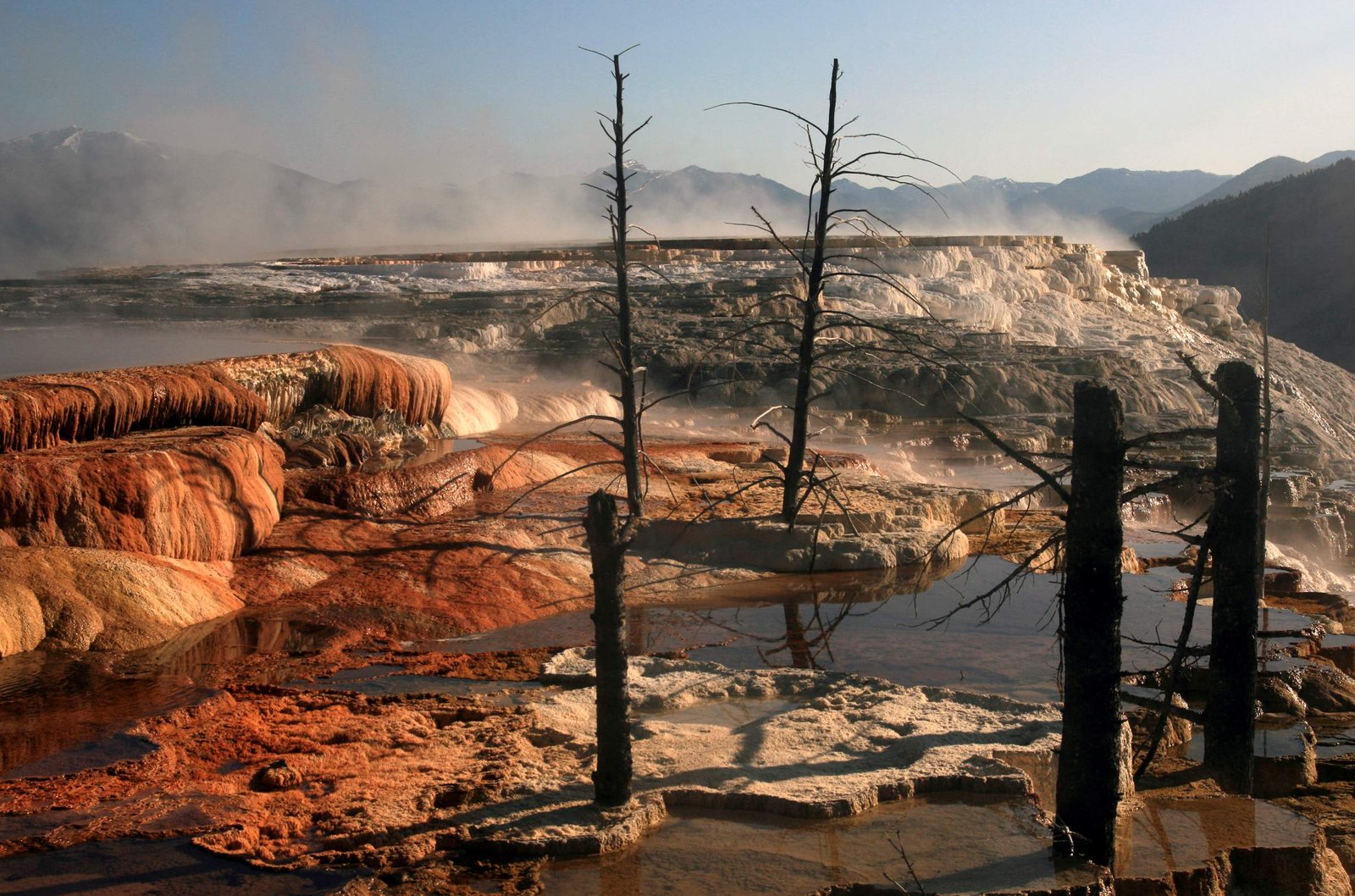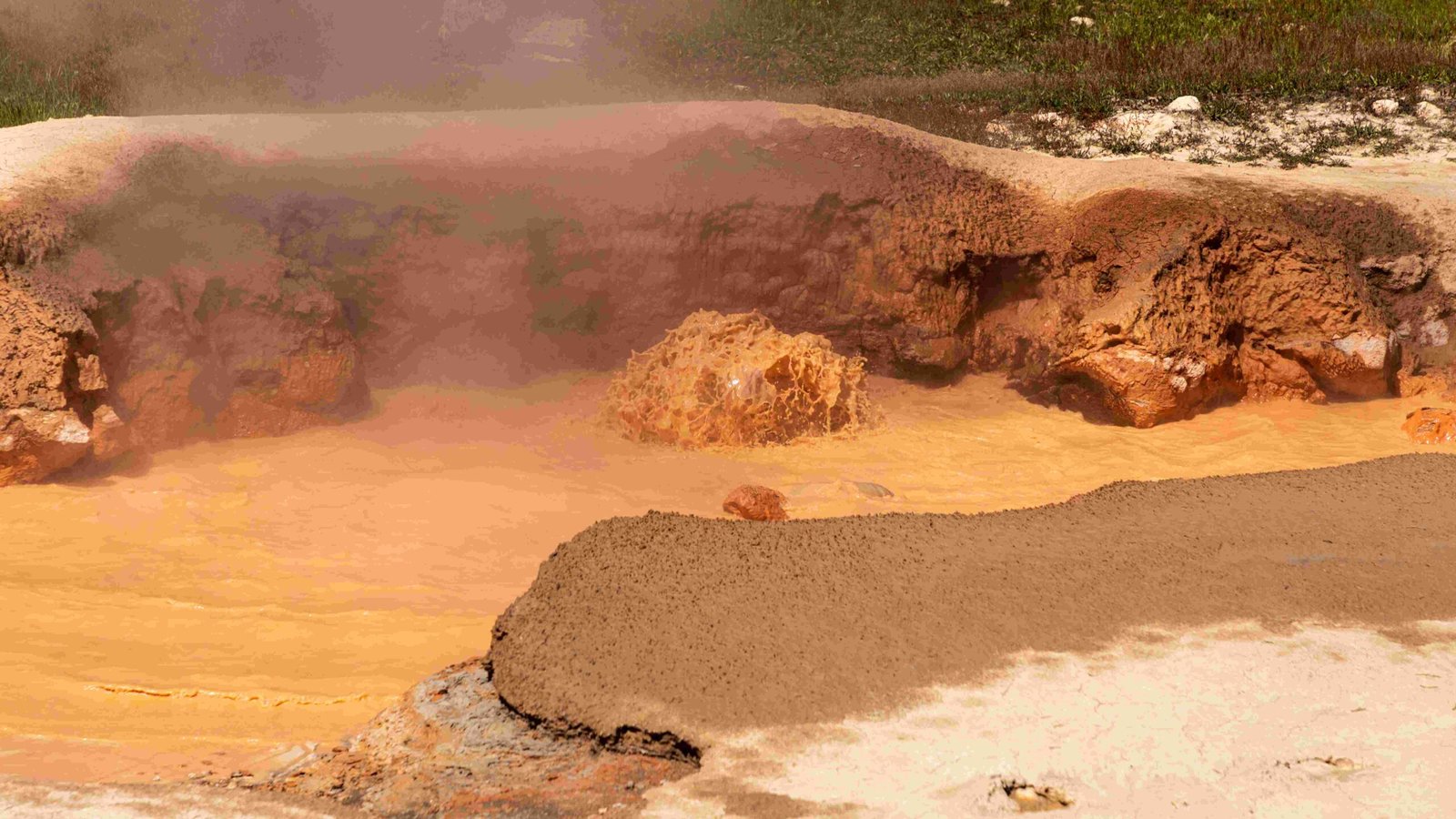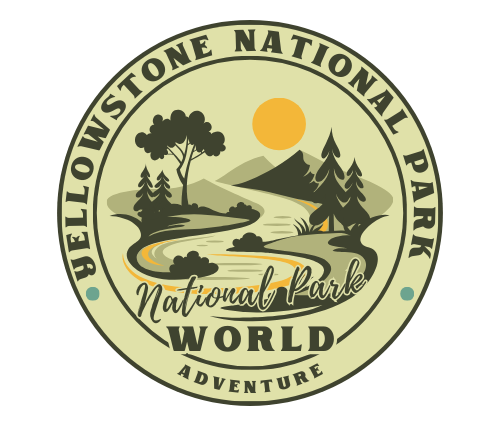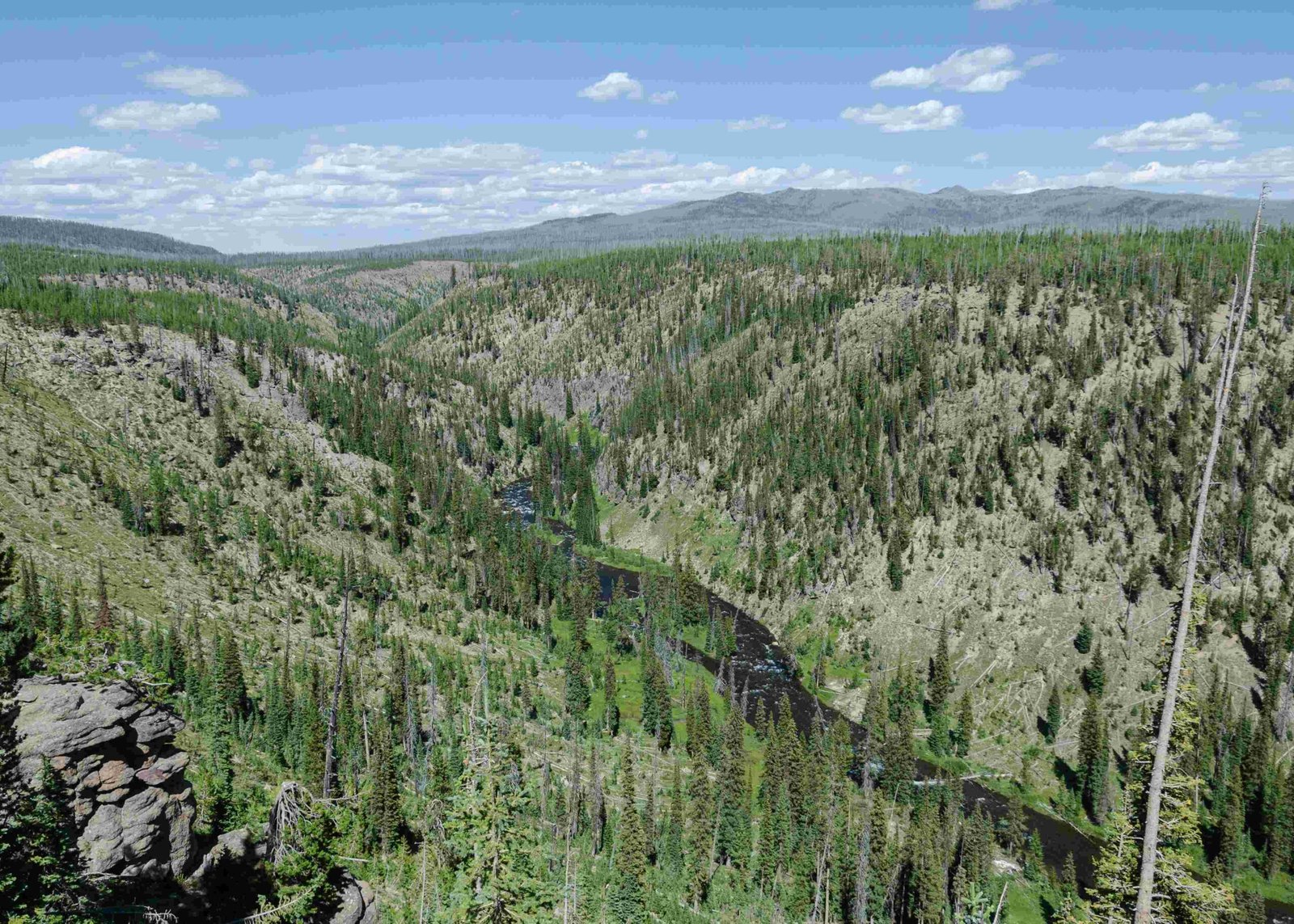Cell phone coverage in Yellowstone National Park is limited but available in certain areas. Over 50% of the park has cell service, primarily in developed areas and along main road corridors. However, coverage is spotty in backcountry regions and can be unreliable during peak tourist seasons. Verizon offers the most extensive coverage, followed by AT&T and T-Mobile. Emergency communication options include cell phones, courtesy phones, satellite phones, and personal locator beacons.
What Areas of Yellowstone Have Cell Phone Coverage?

Cell phone service in Yellowstone National Park is available in several key locations:
- Mammoth Hot Springs
- West Yellowstone
- Old Faithful
- Grant Village
- Lake Village
- Mount Washburn
- Road corridor between Mammoth and Gardiner, Montana
- Near the North Entrance (Gardiner) and the West Entrance (West Yellowstone)
It’s important to note that while these areas generally have coverage, the signal strength can vary and may be weaker compared to urban areas.
Which Cell Service Providers Offer Coverage in Yellowstone?

Several cell service providers operate within Yellowstone National Park:
- Verizon
- Covers approximately 47.9% of the park
- Offers 4G LTE and 5G networks
-
Provides the best balance between coverage, data speeds, and reliability
-
AT&T
- Covers about 22% of the park
- Offers 4G LTE and 5G networks
-
Particularly reliable at Canyon Village
-
T-Mobile
- Has the least coverage, covering only about 3.5% of the park
What Are the Limitations of Cell Phone Use in Yellowstone?
Despite the availability of cell service in certain areas, there are several limitations to be aware of:
- Dead Zones: Significant areas without coverage, especially in the backcountry and off main roads
- Network Congestion: During peak tourist seasons, cellular circuits can be overwhelmed
- Slow Data Speeds: Average internet speeds of about 1.5 Mbps, much slower than typical residential or business speeds
- Inconsistent Coverage: Even in developed areas, coverage can be unreliable due to mountainous terrain and limited cell towers
How Can Visitors Communicate in Emergencies?
For emergency communication, visitors have several options:
| Communication Method | Availability | Reliability |
|---|---|---|
| Cell Phones | Limited to areas with coverage | Varies depending on location and network congestion |
| Courtesy Phones | Available at certain locations | Reliable for emergency calls, including 911 |
| Satellite Phones | Usable throughout the park | Generally reliable, but may have limitations |
| Personal Locator Beacons (PLBs) | Usable throughout the park | Highly reliable for emergency situations |
What Should Visitors Know About Using Cell Phones in Yellowstone?
- Coverage is primarily available in developed areas and along main roads
- Texting is often more effective than voice calls due to limited bandwidth
- Data speeds are significantly slower than in urban areas
- Cell phones should not be relied upon as the sole means of communication, especially in backcountry areas
- Consider alternative communication methods for emergencies, such as satellite phones or PLBs
How Can Visitors Maximize Their Cell Phone Usage in Yellowstone?
To make the most of cell phone coverage in Yellowstone:
- Check coverage maps for your specific carrier before your visit
- Keep your phone charged and bring a portable charger
- Use your phone sparingly to conserve battery life
- Consider downloading offline maps or guides before entering the park
- Be prepared for limited or no service in many areas of the park
What Are the Future Plans for Cell Phone Coverage in Yellowstone?
While there are no specific plans mentioned in the provided sources, it’s important to note that Yellowstone National Park aims to balance visitor connectivity with preserving the natural environment. Any future expansion of cell phone coverage would likely be carefully considered to maintain the park’s wilderness character while addressing visitor needs.
In conclusion, while cell phones do work in certain areas of Yellowstone National Park, visitors should be prepared for limited and sometimes unreliable coverage. It’s essential to have alternative communication methods, especially for emergencies, and to enjoy the park’s natural beauty without relying too heavily on digital connectivity.
References:
1. Yellowstone Park FAQs
2. My Big Horn Basin
3. Coverage Map

